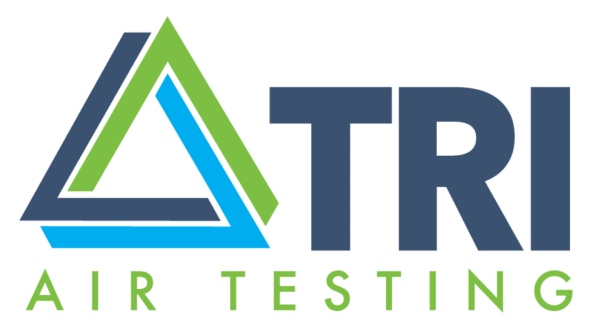The Safe Quality Food (SQF) Institute is a globally oriented initiative, spearheaded by manufacturers, suppliers, and many other (mostly for-profit) companies, to promote safe quality practices throughout the complex food and beverage industry chain. Independent of but informed by and influencing various common regulatory guidelines, the SQF movement recognizes how food safety at the point of purchase/consumption can only truly be ensured if all the linkages going back to the raw material sourcing are fully aware of and follow the most current safety practices.
SQF impacts food and beverage ingredients and products at acquisition, handling, storage, processing, packaging, transport, etc. Any one of these points could present contamination risks that might complicate the final product at the point of the consumer.
(SEE ALSO the “Resources” section at the end of this article for links to SQF-related education and reports.)
 SQF is not centered around any specific nation, regulatory body, or standards development organization. As such, SQF training and programs are at times more prescriptive in process than commonly used standards and regulations (e.g., ISO, FDA) and at other times less prescriptive.Compressed air professionals are well-involved in the SQF movement precisely because compressed air may be used throughout all stages of the food and beverage chain. Air compressors drive belts in manufacturing plants, help regulate moisture and temperature levels in product creation and storage, are part of packaging manufacturing and cleanliness, etc.
SQF is not centered around any specific nation, regulatory body, or standards development organization. As such, SQF training and programs are at times more prescriptive in process than commonly used standards and regulations (e.g., ISO, FDA) and at other times less prescriptive.Compressed air professionals are well-involved in the SQF movement precisely because compressed air may be used throughout all stages of the food and beverage chain. Air compressors drive belts in manufacturing plants, help regulate moisture and temperature levels in product creation and storage, are part of packaging manufacturing and cleanliness, etc.
For example, SQF notes that the air used in your facilities or for specific point of direct or indirect contact with food products “shall be clean and present no risk to food safety.”
To some, this reads like a statement of the obvious; but it is only one piece of SQF’s ample body of very useful field literature—and, most importantly, it stresses and recognizes exactly what neither SQF nor any official regulatory body can tell you: an exact, one-size-fits-all definition for food safety.
 You must know the specifics to ensuring safety in your piece of the food and beverage chain. What is necessary to prevent contamination in one type of product, for example, may in fact destroy another. Preventing contamination of powdered chocolate is going to be different than preventing contamination of liquid or chunky chocolate. How one manufacturer produces ice cream or pita bread will vary, perhaps considerably, from how another does.
You must know the specifics to ensuring safety in your piece of the food and beverage chain. What is necessary to prevent contamination in one type of product, for example, may in fact destroy another. Preventing contamination of powdered chocolate is going to be different than preventing contamination of liquid or chunky chocolate. How one manufacturer produces ice cream or pita bread will vary, perhaps considerably, from how another does.
SQF is in many ways a response to the public. Essentially, public awareness of food safety issues has had a beneficial ripple effect back through the industry so that at each point one must ask, “What are we doing to ensure safety?” Furthermore, it is good to be aware of how suppliers to you are employing safety practices. And this is where SQF’s mission excels: encouraging communication, awareness, and a continual evaluation and improvement of production and professional expertise.
How are companies handling raw materials? How are they using compressed air? How are they verifying (testing) compressed air quality to prevent microbial or oil/particulate contamination? Etc.
The official vision statement of SQF is lofty: “…to be the single most trusted source for global food safety and quality certification.” But the stress of global food safety and always getting better is a worthwhile mission.
**

Food & Beverage companies routinely use compressed air testing kits to gather samples at the source and verify the level of efficiency and safety of the air they are using.
TRI Air Testing provides independent laboratory support for many food and beverage companies and offers 24-hour turnaround time and online access to testing reports. Plant engineers throughout the United States use testing equipment and media provided by TRI to collect compressed air samples as part of their facilities’ air quality compliance, safety and energy efficiency assurance measures.
RESOURCES
- SQF Information Day is global series of educational opportunities. The current sessions are being held in multiple cities or various dates throughout the United States, Mexico, Canada, and the Asia-Pacific region.
- How do SQF training programs and recommendations compare to a common regulatory agency’s standards and recommendations? To explore this common inquiry, the SQF Institute recently engaged Leavitt Partners Global Food Safety Solutions (LP GFSS) to compare elements of SQF Level 2 (Modules 2 and 11) to the proposed Preventive Controls rule requirements from the US Food & Drug Administration. LP GFSS’s Executive Summary and Full Report were published on SQF’s website (www.sqfi.com) on 9 April 2013.
Download the Executive Summary (PDF)
Download the Full Report (PDF)



